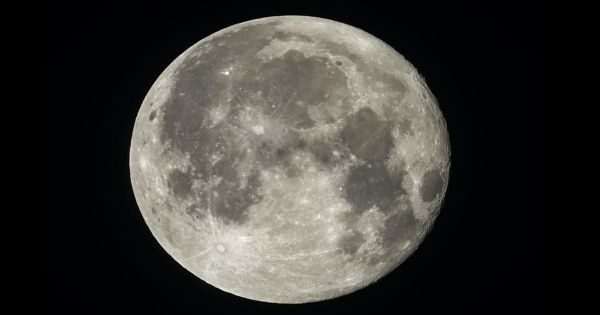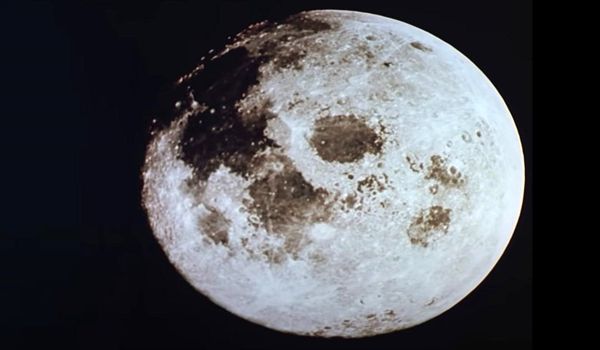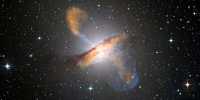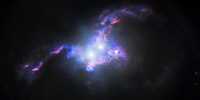If you have ever wanted to build a critical piece of space infrastructure, here is your chance, as NASA is seeking proposals for a nuclear power reactor on the Moon. You have three months to come up with a concept for a lunar nuclear reactor that can work on the Moon; but, because astronauts’ lives are at stake, back-of-the-envelope sketches are unlikely to suffice. In a statement, Sebastian Corbisiero of the Idaho National Laboratory, which is working with NASA on the project, said, “Providing a dependable, high-power system on the moon is a key next step in human space exploration, and attaining it is within our reach?”
Humans will return to the Moon in 2025, thanks to NASA’s Artemis project. Future research bases on our satellite (and potentially Mars) would require a long-term power supply, yet most of what we use on Earth is not actually practical up there. Turbines cannot be powered by wind or falling water.
Although the greenhouse effect may not be an issue on the Moon, there are no fossil fuels to burn, and we have other priorities for the oxygen they would require. It would also be prohibitively expensive to transport them there.

That leaves two alternatives for most space missions: solar and nuclear. Solar-powered Moon colonies have storage issues unlike anything seen on Earth during a lunar night, which lasts 14 Earth days. However, there are several ways to construct a nuclear reactor, and none of them is readily available. The power needs will be a fraction of what commercial-scale reactors produce, at least at first, but weight and size will be limited.
NASA is not optimistic that fusion power will be ready in time for the first Moon trip, so they are seeking fission that can function on the Moon’s surface. A fission reactor splits atoms to release energy in the form of heat, which then turned into electricity. Rather than relying on a single reactor, they want to build four, each capable of producing at least 10 kilowatts of power and lasting at least ten years.
Each reactor must also fit inside a cylinder that is 6 meters (20 feet) long and 4 meters (23 feet) broad and weighs no more than 6,000 kilos (13,200 pounds). NASA would prefer that its contractors operate in metric units, based on unpleasant experience. There are additional restrictions on how much radiation anybody a kilometer away may expose to, as well as standards for fault tolerance.
The draft contract is available for anyone with ideas or who just wants to learn all the specifics, proposals must submitted by February 19, 2022, to be considered. “I expect fission surface power systems will tremendously enhance our plans for power architectures for the moon and Mars, as well as stimulate innovation for purposes on Earth,” NASA associate administrator Jim Reuter said.















